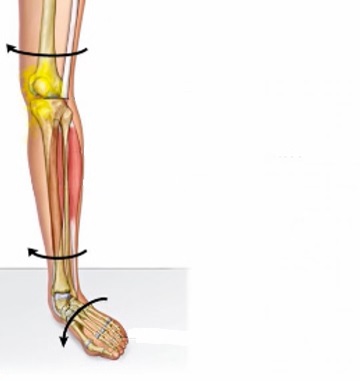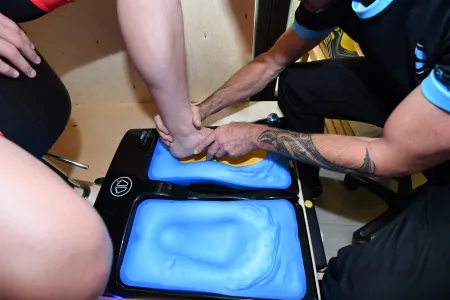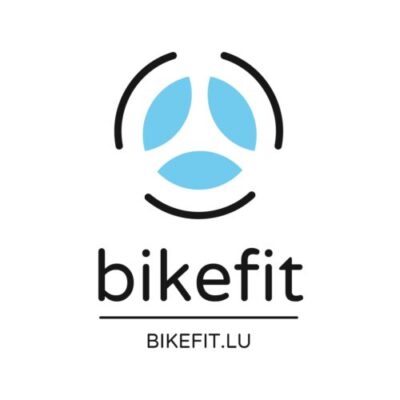Everything is in order: you’ve achieved the optimal position on your best-fitting bike. However, the critical step now is to ensure you maximize power transfer to the pedals, a factor that can be compromised if you overlook the foot-pedal interface.

Many seem to forget and neglect them, yet it is through our feet that we transmit our efforts to the pedals. A good insole contributes significantly to comfort, especially on longer rides, by providing sufficient arch support. The absence of this support can lead to quick fatigue in the foot support musculature, resulting in burning feet.

Moreover, the collapse of the plantar arch can impact knee stability and performance, leading to heightened strain on the knee during muscle fatigue. Addressing these biomechanical issues through proper arch support is essential for maintaining optimal cycling performance and preventing discomfort.
Most expensive bike shoes come with flat insoles, offering minimal arch support, often requiring quick replacement. Why? Because everyone is different, and no one is symmetrical. Cyclists have different feet, and each cyclist needs insoles adapted to their feet. Considering the frequency of pedal strokes and the relatively small contact area, providing your feet with stability and a better distribution of the foot bearing surface is crucial. This is why, in my opinion, as much as a custom position, every cyclist should have custom insoles.
If you understand the importance of what you read above and want to “improve cycling”, I would ask you to bring your bike so you can feel any adjustments needed while pedaling. Only by observing you pedal can I evaluate the need for additional adaptations.
These insoles have one major drawback: once you’ve tried them, you won’t be able to do without them.
The Custom Pro insoles cost 159 €, and the Custom Pro Ultra, which are stiffer, cost 209 € for standalone appointments. If made during the same session as your fitting or with the purchase of Lake shoes on the spot, the cost is 106 € and 159 €, respectively.

Custom insoles address these needs. After examining your feet, you place them on cushions to create a 3D mold. The mold accommodates preheated flat insoles, fitting the shape of your feet. Once cooled, they are adjusted to your shoes. While they are ready to use, I prefer to check cleat positions before you get on your bike, already set up on the trainer.
